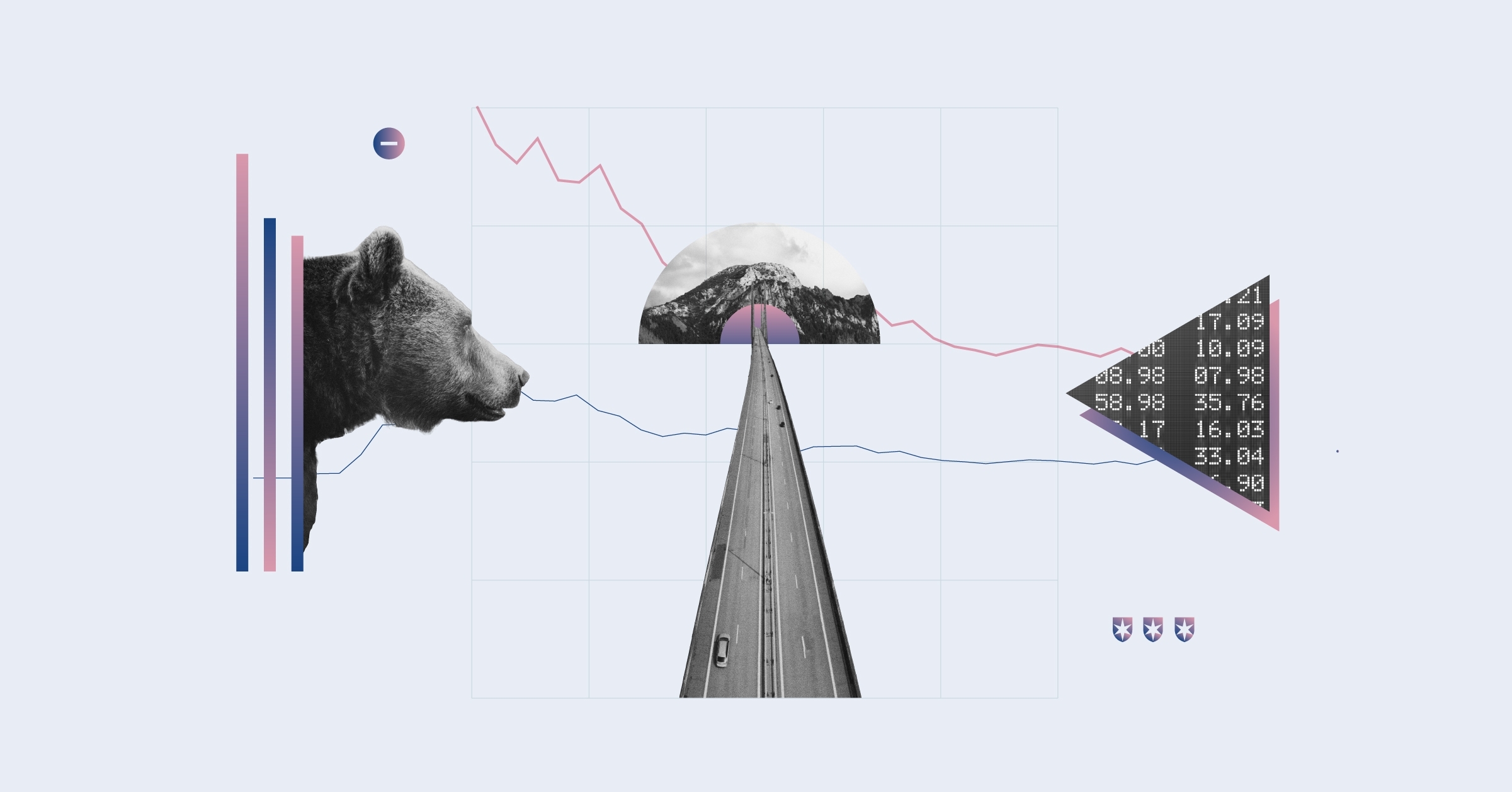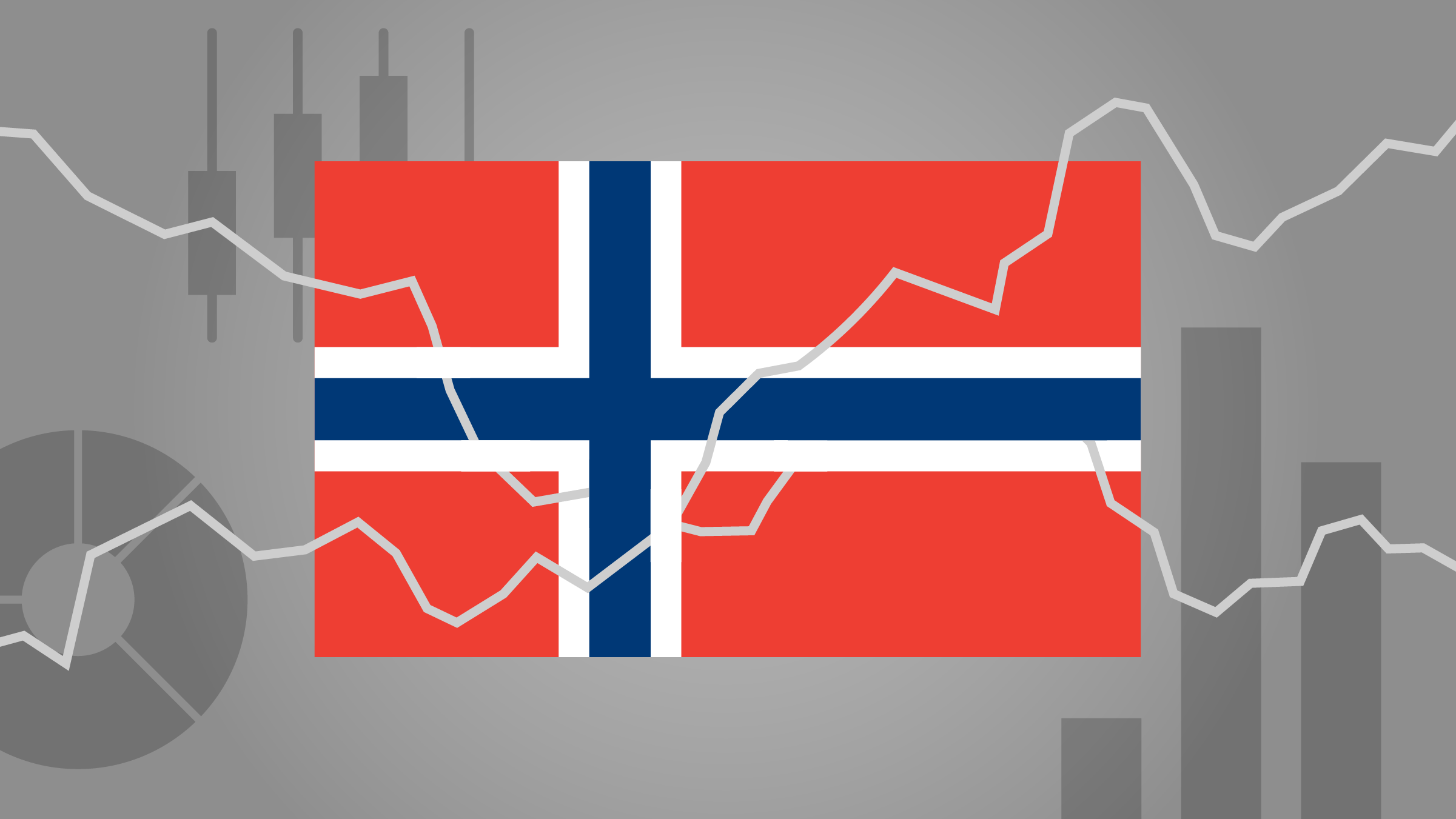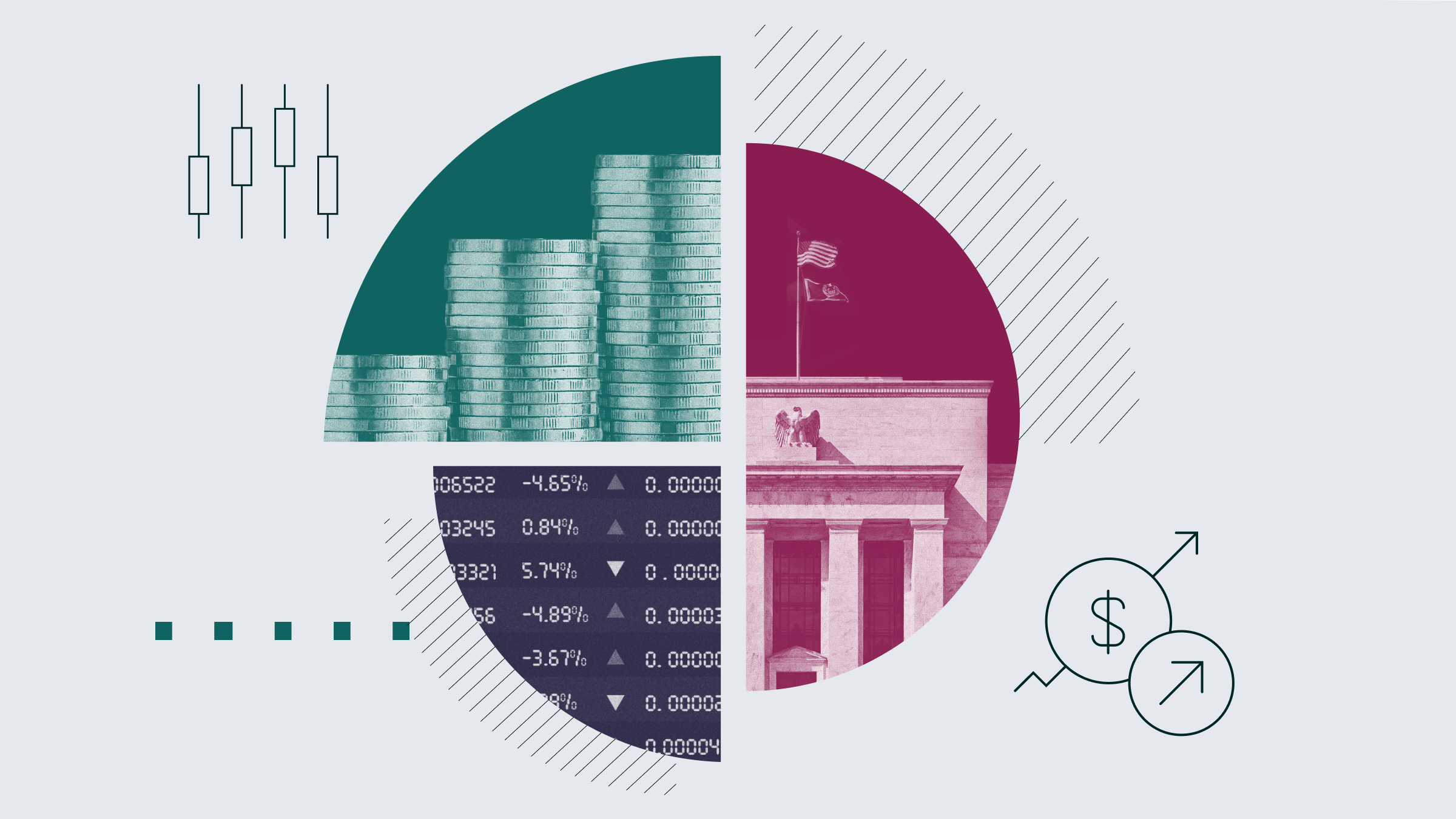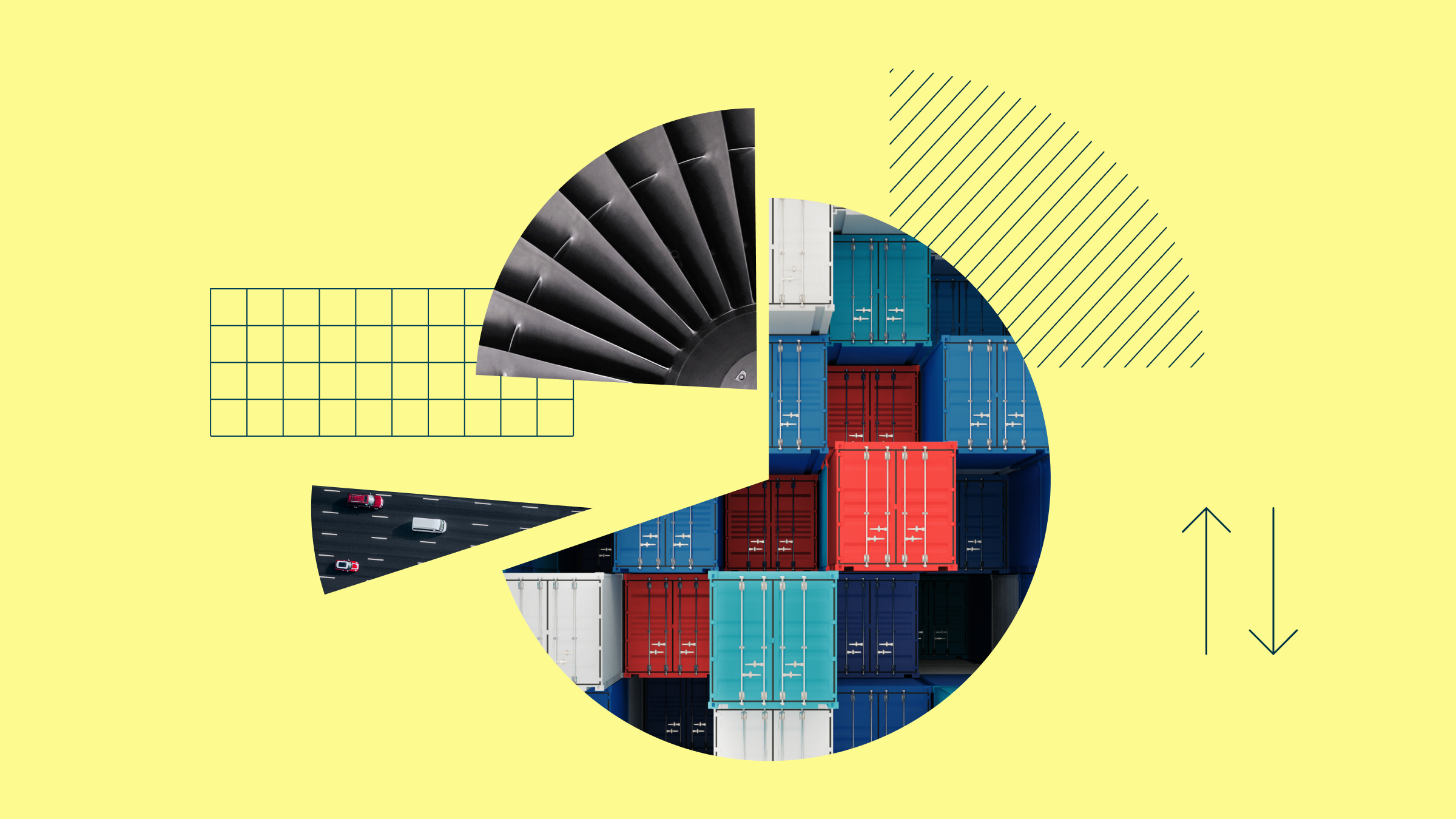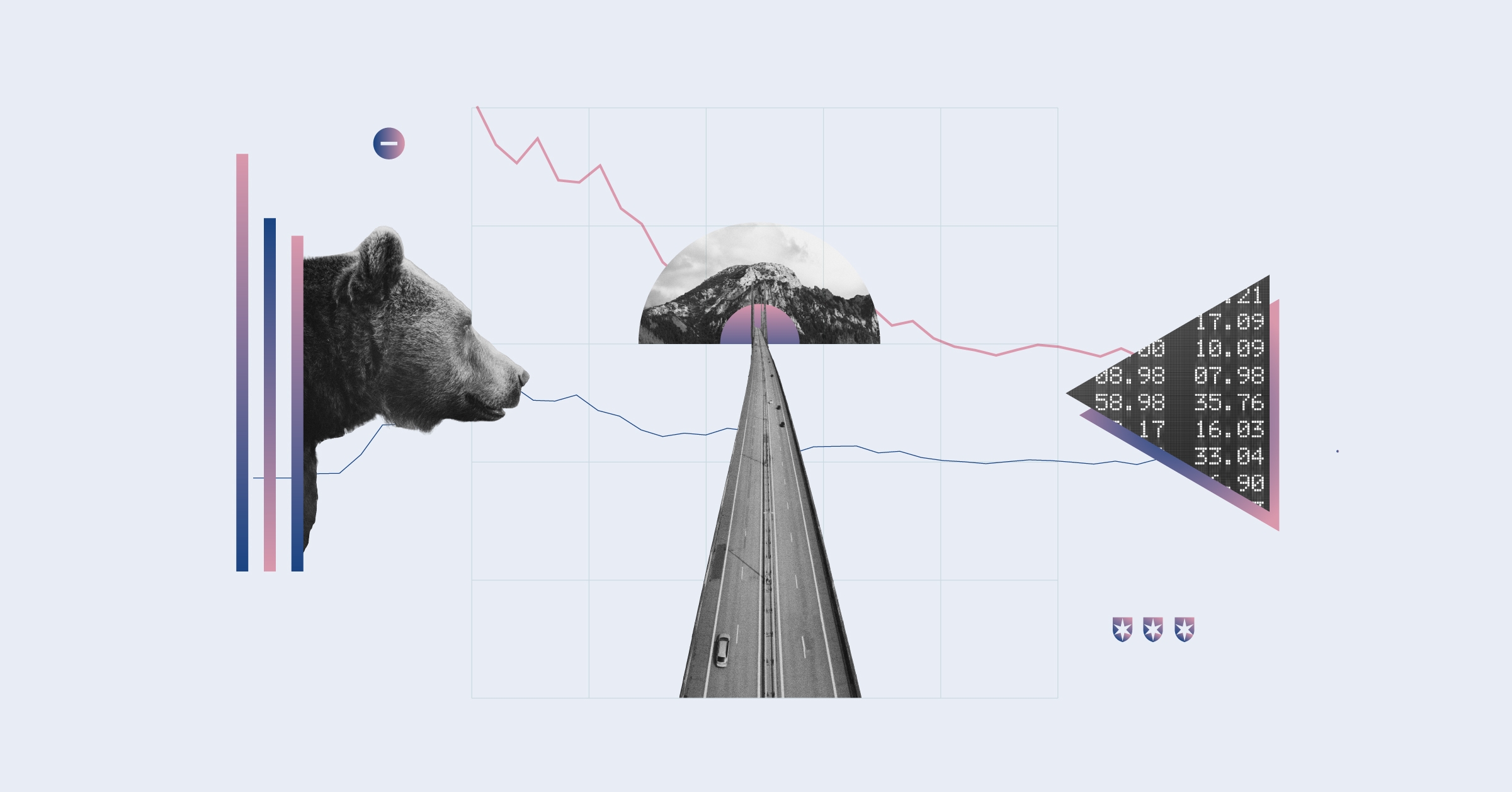Jeremy Glaser: For Morningstar, I'm Jeremy Glaser. How did the corporate credit market react to Lehman Brothers' bankruptcy, and has it recovered since? I'm here with Dave Sekera. He's a corporate bond strategist at Morningstar. We're going to take a look at these questions.
Dave, thanks for joining me.
Dave Sekera: Good to be here.
Glaser: Let's take a look at what happened in the bond market immediately during and then the aftermath of the Lehman bankruptcy. How is it different from just kind of a run-of-the-mill recession and what you would expect to see in any kind of economic slowdown?
Sekera: It's definitely its own crisis that was caused by the Lehman bankruptcy. And if you look at the corporate bond market, corporate credit spreads did start widening out as we were looking at going into recession at that point in time. Housing was definitely starting to soften.
But unfortunately, unlike a normal recession, where credit spreads widen out because you do have the market pricing in a higher probability of default, really when you are looking in a normal recession like in 2000, 2001, even in 2002, when you did have individual companies that filed for bankruptcy. You had Enron. You had MCI Worldcom, which were caused by accounting scandals. But you really didn't have the fear of systemic risk. When those companies filed for bankruptcy, you weren't necessarily as worried about a big domino effect that as soon as one of those companies went bankrupt, that all of a sudden, all these other companies were going to fall off the chain, as well, filing bankruptcy.
Really once Lehman Brothers filed bankruptcy, it really caused the panic among financial institutions who were worried about lending money out in the short term to other financial institutions. And so as they then pulled in their own liquidity, it caused liquidity problems at a lot of other financial companies.
The banks were looking at each other. No one really knew who owned what on their balance sheets or what those assets were worth, and so everybody was worried about what was called jump-to-default risk at that point in time.
Glaser: Put some numbers around this. What would a typical credit-spread increase look like for a recession, such as in 2000, versus right after Lehman?
Sekera: In 2000-01, it probably backed off 75 to 100 basis points, and then we had another blip up in credit spreads at the end of 2002. I think credit at that point in time had widened out and got to its widest levels in October. Probably from the tightest levels to the widest levels [during that time], spreads were 150-175 basis points.
And that's where we're probably were looking at in 2007 from the spreads as tight as they were then, going into the middle of 2008. But then at the Lehman bankruptcy, when that hit, spreads gapped out so far and so fast that they're almost meaningless at that point in time. The Morningstar Corporate Bond Index, I believe, touched 600 over, but effectively, the bond market at that point in time was broken.
Having traded bonds during that point in time, there were no markets that the dealers were making. The dealers were putting out what they thought were indications of where bonds would trade, but if you actually went and tried to hit them with bonds that you were trying to sell, they wouldn't take it on their own balance sheet. They are happy to work an order for you, but the bond market itself was really freezing up.
<TRANSCRIPT>
Glaser: Who was able to take advantage of these dislocations, and who was really hurt by this big change in the market?
Sekera: Anyone that actually still had cash at that point in time and was able to provide liquidity was essentially able to name their own price as far as loaning money out to other companies. For example, Warren Buffett was able to loan money to Goldman Sachs. He bought convertible preferreds from them. I believe it was about a $5 billion deal and he was able to get a 10% dividend yield on those convertible preferreds.
Other companies such as Harley-Davidson that needed to go in the market to be able to borrow money to refinance debt that was coming due, I believe they had to do a couple-hundred-million-dollar five-year deal. I think Warren Buffett bought about half of that deal. It was paying a 15% coupon at that point in time. If you had the money to be able to lend out, you had the liquidity, you were able to buy bonds at just phenomenally cheap prices.
Even in the secondary market, looking at where some high-yield bonds were trading, they were trading $0.20, $0.25 on the $1 at the depths of the crisis. Term loans, bank debt were trading at $0.50 on the $1, and that's really for parts of the capital structure that are senior-secured. The guys that are always going to get their money back in bankruptcy, but yet, the market was looking for liquidity. Hedge funds that were running up against their margin requirements were just having to dump whatever they could find buyers for at whatever prices they could get.
Glaser: Let's take a look at the market today then. How do you assess if things are really back to normal? Is it looking at aggregate spreads; is it looking at individual sectors? How do you assess where we are?
Sekera: Of course, as you'd imagine, it's a bit of both. Taking a look at the aggregate spreads, we have gotten back down to much more normalized levels. We think right now the corporate-bond market from a spread perspective is fairly valued. We consider it neutral at this point in time as far as investors who look to overweight and underweight different sectors.
But the big thing that happened during the credit crisis was that all these financial institutions were unwilling to loan money to one another in the overnight and weekly markets. We really saw the corporate spreads blow out in financials much more than the industrials sector because the financials sector is where we saw all of this what we call jump-to-default risk, where investors were waking up every morning and wondering if some of these banks and some of these investment banks were going to live to see another day.
One of the things that we looked at was the spread between the financials sector versus the industrials sector within the Morningstar Corporate Bond Index. Before the credit crisis back in 2006 and earlier, often you saw the financials trade tighter than the industrials. But once Lehman Brothers filed bankruptcy, that spread really gapped out and all of the financials were trading significantly wider than the industrials sector. Now over time, through all of the different programs that the Fed had put in place, the TALF, the CPP, a whole host of alphabet programs just providing as much liquidity to the markets as they could, we saw those spreads start coming back in as people were less concerned about that jump-to-default risk.
If we take a look at the spreads today, we actually see that the financials and industrials have now collapsed such that they are trading on top of one another. So the market is looking at the two sectors as being relatively equal-weight as far as probability of default.
Glaser: How about new issuances? What do those look like?
Sekera: The market right now is thriving. Earlier this year we saw a new record-breaking deal from Apple, at point in time it was mind-boggling; $17 billion issuance. Well, just recently Verizon did a new deal for $49 billion; 3 times the size of what was the prior record-breaking deal. The underwriters they priced that one to sell and essentially those bonds just flew off the shelf, and reportedly there was over $100 billion of indications of interest for that $49 billion deal.
In the secondary market, those bonds gapped significantly tighter on the break, depending on what maturity investors bought, those bonds traded anywhere from 30-50 basis points tighter. I think some of those bonds today are actually trading about 80 basis points tighter. It just shows you the depth of demand that people have for corporate bonds right now.
Glaser: What about some of the synthetic securities that were in some ways at the heart of the crisis? Do you think that those are going to come back at all?
Sekera: It depends on which kind of synthetic security you are talking about. So, the synthetics, the collateralized debt obligations, the structured investment vehicles, the ones that were based on either, requirements for borrowing short and lending long or the CDOs, especially those that were backed by the subprime assets that everyone now realizes, those structures just didn't work for that type of asset class. They really haven't come back, and I don't expect to see those coming back anytime soon.
What we have seen make a comeback in the past couple of months are CLOs, collateralized loan obligations, which are backed by bank debt from highly leveraged companies, but again, you're at the top of the capital structure. Those structures actually for the most part did survive through the credit crisis, and investors have seen the worst that you can throw at them, still survive. Those have been making a comeback as people have been looking for additional yield in this low yield environment.
Glaser: Finally, what are some of the big lessons that you've taken away and the market has really taken away from this crisis? Are people more attuned to systemic risk? What do you think has changed?
Sekera: Well, as you mentioned, the systemic risk, people really understand that a lot better now on what can potentially happen. So if we look at the European debt crisis and sovereign crisis, a year and a half ago, when Greece itself started getting into trouble and people were looking at that and saying, "If Greece itself as a sovereign entity files bankruptcy, the Greek banks go under, how does that play out through the rest of Europe?"
Now, people were so attuned and so heightened to systemic credit risk that it probably got blown out of proportion a bit at that point in time. But we did see spreads widen out, and we did see the spread between the industrials and financials widen out very significantly as well, until the European Central Bank came in and really provided enough liquidity to those markets.
Mario Draghi, the chairman of the ECB, came out and said he would do whatever it takes in order to make sure that they can preserve the euro. And we've seen those credit spreads come back in both in aggregate as well as the spread between financials and industrials.
People are definitely heightened and attuned to this potential of a domino effect. And really what's causing that is that people are much more attuned to their credit counterparty risk. Before the credit crisis, people really weren't looking at who the counterparties were or what the risk of those counterparties were for their own financing, for their own trading and so forth.
And so now investors are really attuned to that risk. They are limiting how much credit counterparty risk they have. They are hedging out some of that credit counterparty risk. I have talked to risk officers of a number of different banks who are not only looking at their own credit counterparty risk, but trying to identify the credit counterparty risk of their credit counterparties and really get to that kind of second derivative.
Those are probably the two biggest things. And again, as we mentioned earlier, the structured vehicles--a lot of people now are really looking at those with kind of a different eye and looking at different mathematical models to really figure out how those can perform in a new crisis if one were to occur.
Glaser: Dave, I really appreciate the update today.
Sekera: Good. You're welcome. Good speaking with you.
Glaser: For Morningstar, I'm Jeremy Glaser.







